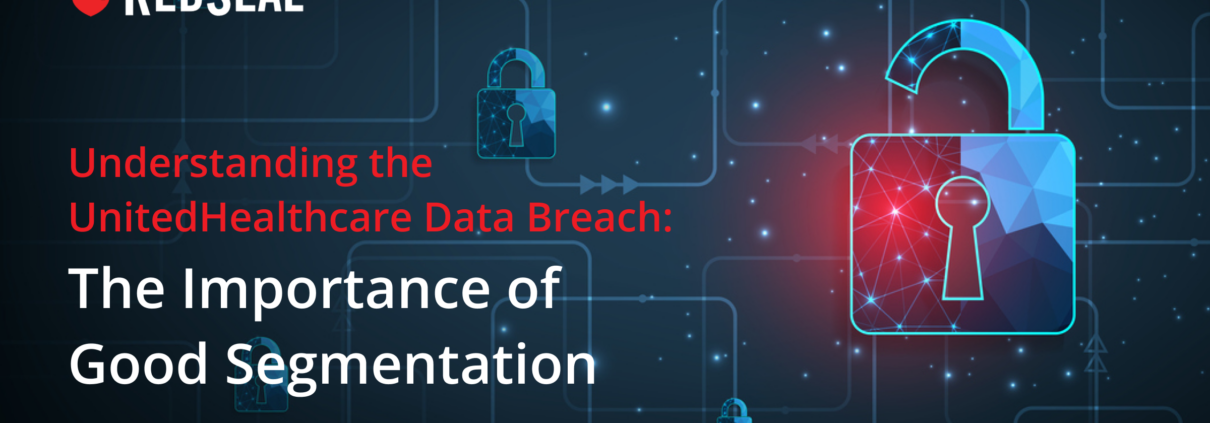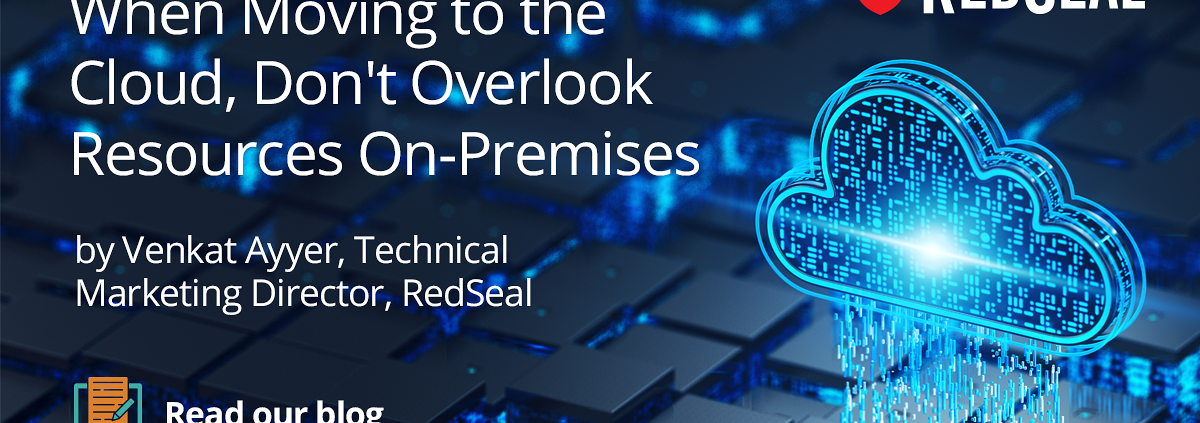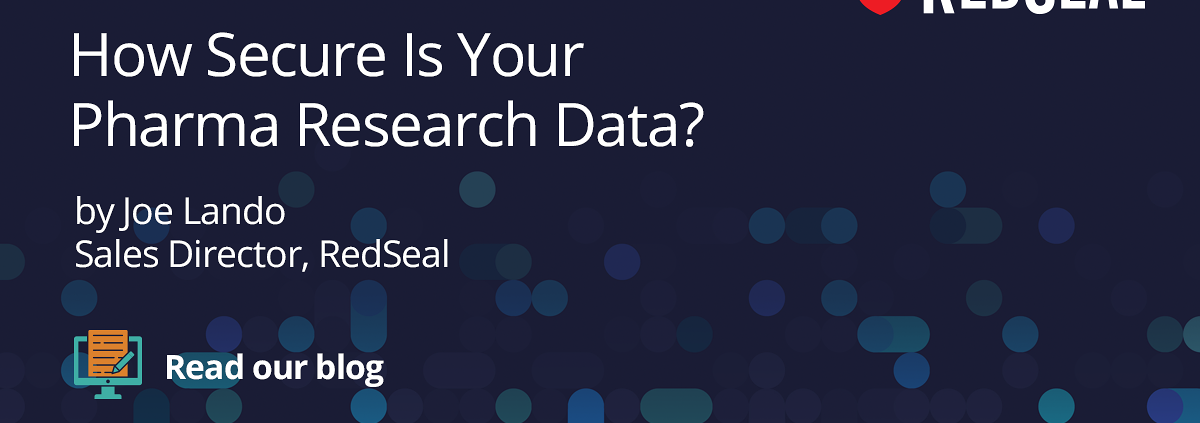Understanding the UnitedHealthcare Data Breach: The Importance of Good Segmentation
After receiving a call from KCBS to comment on the UnitedHealthcare data breach, I was reminded of the critical importance of cybersecurity measures and proactive solutions like RedSeal in safeguarding sensitive information.
The Impact on Patients and Healthcare Organizations
The repercussions of the UnitedHealthcare data breach extend beyond the confines of the company itself. Patients whose personal and medical information may have been compromised face the unsettling reality of potential identity theft, fraud, privacy breaches, and in this case, health implications with a nationwide outage of some of the largest prescription processors. Moreover, healthcare organizations are left vulnerable to reputational damage, legal liabilities, and regulatory penalties.
The swift response by Change Healthcare to halt the spread of the incident is commendable. By implementing effective containment measures and building segmentation into network design, they demonstrated the importance of proactive cybersecurity strategies especially in mitigating the impact of such breaches.
Segmentation: Building Stronger Defenses
In the face of evolving cyber threats, healthcare organizations must prioritize robust cybersecurity measures to protect sensitive data and maintain the trust of their patients. A critical step, which Change Healthcare executed effectively, is incorporating segmentation into network design. This strategic approach enabled them to isolate and contain potential threats, shutting down access swiftly.
By dividing networks into distinct segments and implementing access controls based on user roles and permissions, organizations can contain breaches and limit the lateral movement of attackers within their infrastructure.
The Importance of Transparency and Disclosure
Another noteworthy aspect of the UnitedHealthcare data breach is the transparency and prompt disclosure of pertinent details surrounding the incident. Unlike in years past, where data breaches were often shrouded in secrecy and only disclosed months or even years later, the current landscape emphasizes the importance of timely and transparent communication.
Moving Forward: Strengthening Cyber Defenses
As the healthcare industry continues to confront evolving cyber threats, proactive measures and collaborative efforts are essential to fortify defenses and safeguard sensitive information.
By embracing cybersecurity solutions and prioritizing segmentation and transparency, healthcare organizations can mitigate risks, protect patient data, and uphold the integrity of their operations. As the adage goes, “good fences make good neighbors,” and investing in robust cybersecurity defenses is paramount to safeguarding the future of healthcare.
RedSeal can play a pivotal role in enhancing security.
RedSeal acts as a vital tool in mapping out defensive boundaries within the network. It provides organizations with a comprehensive overview of their network architecture, allowing them to understand how different segments interact and where potential vulnerabilities lie. With RedSeal, organizations can accurately assess their defensive posture and make informed decisions to block moving threats before they spread.
In times of uncertainty, one thing remains clear: proactive cybersecurity measures and innovative solutions like RedSeal are indispensable allies in the ongoing battle against cyber threats. Let us heed the lessons learned from this incident and collectively work towards a safer and more secure future for all.
Contact us for a demo www.redseal.net










